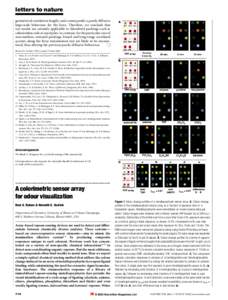 Date: 2003-04-24 15:52:18Chelating agents Analytical chemistry Binding selectivity Equilibrium chemistry Pharmacodynamics Porphyrin Tetraphenylporphyrin Analyte Sensor | |  letters to nature geometrical correlation length), and consequently a purely diffusive large-scale behaviour for the force. Therefore, we conclude that our results are certainly applicable to disordered packings such as letters to nature geometrical correlation length), and consequently a purely diffusive large-scale behaviour for the force. Therefore, we conclude that our results are certainly applicable to disordered packings such as
Add to Reading ListSource URL: www.scs.illinois.eduDownload Document from Source Website File Size: 264,18 KBShare Document on Facebook
|

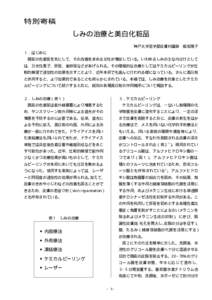
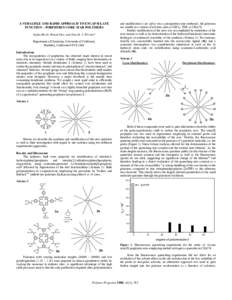
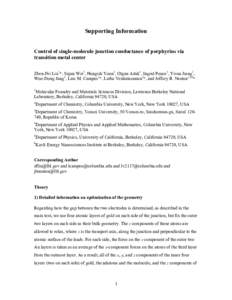
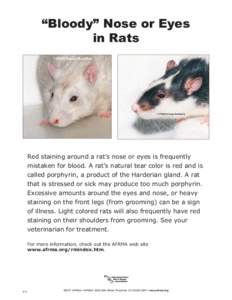
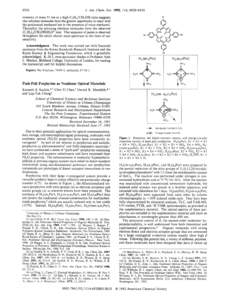
 letters to nature geometrical correlation length), and consequently a purely diffusive large-scale behaviour for the force. Therefore, we conclude that our results are certainly applicable to disordered packings such as
letters to nature geometrical correlation length), and consequently a purely diffusive large-scale behaviour for the force. Therefore, we conclude that our results are certainly applicable to disordered packings such as